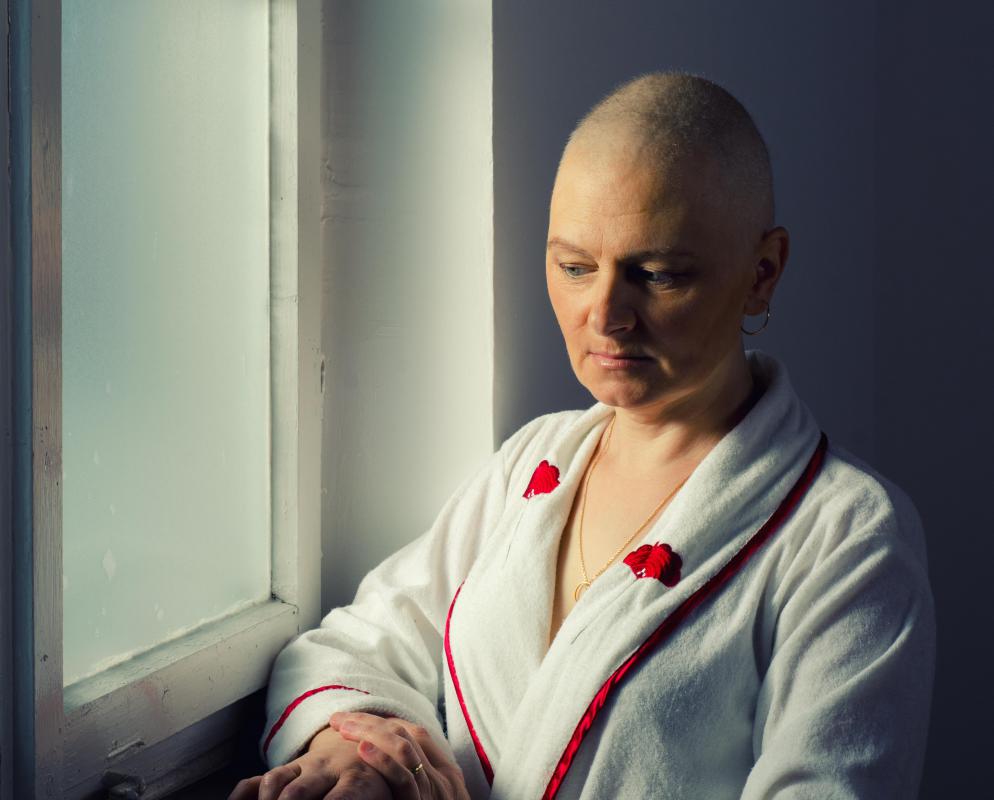At WiseGEEK, we're committed to delivering accurate, trustworthy information. Our expert-authored content is rigorously fact-checked and sourced from credible authorities. Discover how we uphold the highest standards in providing you with reliable knowledge.
What Are the Different Types of Chemotherapy Chemicals?
Some of the different types of chemotherapy chemicals are alkylating agents, antimetabolites, and plant alkaloids. Doctors may also use anthracyclines to treat various forms of cancer. All chemotherapy chemicals have one goal: to kill off cancer cells. To do this, most of these drugs target a cell’s ability to divide — a process called mitosis, which cancer cells undergo uncontrollably. The more rapidly a cell divides, the more likely a chemotherapy drug will target it, which explains why normally rapidly dividing cells, like those found in hair follicles, may also be affected.
A cell undergoing mitosis must first replicate its deoxyribonucleic acid (DNA) and then separate into two identical daughter cells. Many chemotherapy chemicals work to alter or damage a cell’s DNA because if it is altered or damaged enough, and the cell will undergo programmed cellular death, a process called apoptosis. Each chemotherapy chemical may seek to accomplish this goal in a different way. For example, anthracyclines work by intercalating, or inserting themselves, within the DNA double helix’s nucleotides and also by causing free-radical damage. This interrupts the DNA’s ability to replicate itself and can cause mutations within the cell.

An alkylating agent, another form of chemotherapy chemicals, works to disrupt cell division by bonding with DNA and altering it. It does this by using electronegativity, a term used to describe a cell’s desire to draw electrons. When the DNA bonds with the alkylating agent, the agent disrupts the cell’s ability to divide properly, a result which could lead to apoptosis. Since this chemotherapy chemical can work at all points of a cell’s life cycle, it is called a non cell cycle specific drug. The drug can be used to treat a variety of different cancers, but because it damages DNA, it may also lead to the development of certain types of leukemia.

Plant alkaloids are chemotherapy chemicals that are derived from plant sources. Two types of plant alkaloids are antimicrotubule agents and topoisomerase inhibitors. Antimicrotubule agents work to prevent cell division by inhibiting the function of microtubules, small, spindle like structures that help pull the two daughter cells apart. Topoisomerase inhibitors disrupt the DNA’s ability to repair itself. These drugs are cell cycle specific and only affect cells that are in a certain phase in its life cycle.

Another of the chemotherapy chemicals, the antimetabolites, prevents the cell from metabolizing certain chemicals. There are different types of antimetabolites, and each disrupts the metabolizing of specific substances. For example, folate antagonists, disrupts the ability of the cell to incorporate folate, a substance necessary for DNA synthesis. Similarly, purine antagonists disrupt the cell’s ability to incorporate purine, a building block of DNA. Without the proper substances in the cell, the cell is not able to divide.
AS FEATURED ON:
AS FEATURED ON:













Discuss this Article
Post your comments